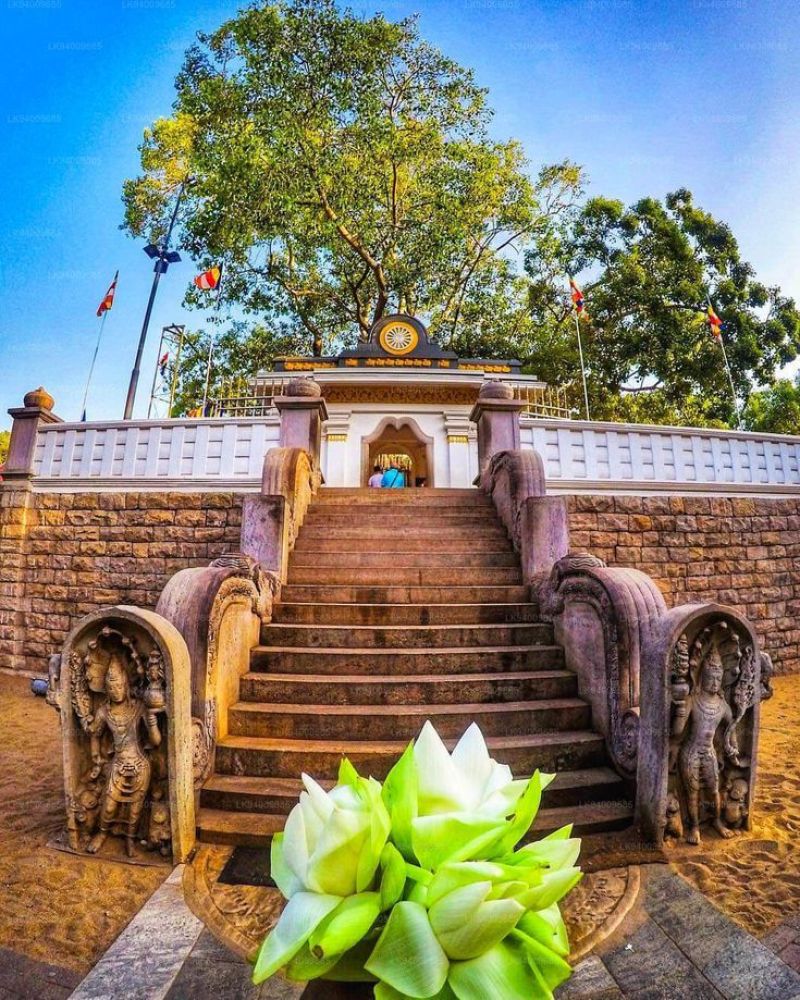

The sacred city of Anuradhapura, once the ancient capital of the Sinhalese kingdom, has been a focal point for pilgrimage and tourism for centuries. Its history intertwines with the Sri Maha Bodhi, a revered fig tree, which is central to the historical and religious tapestry of the area. The Sri Maha Bodhi is an offshoot of the historical Bodhi tree in Bodh Gaya, India, under which Lord Buddha is said to have attained enlightenment.
The sapling was brought to Sri Lanka by Sangamitta Theri, the daughter of Emperor Ashoka of India, in the 3rd century B.C. King Devanampiya Tissa planted it in the Mahamewna Gardens in Anuradhapura, establishing what is believed to be the oldest living human-planted tree in the world with a known planting date. As the foremost venerable tree, Sri Maha Bodhi has attracted millions of devotees and tourists over more than two millennia.
Anuradhapura became a hub for Buddhist pilgrims and evolved as a major tourist destination, particularly after being designated a UNESCO World Heritage site in 1982. The interest in Buddhism and the allure of ancient civilizations have propelled its status in the global tourism scene.
In recent years, the tourism landscape around Sri Maha Bodhi and Anuradhapura has seen several evolving trends:
These trends are shaping the future of tourism in Anuradhapura, ensuring that the sacred city remains a sought-after destination while preserving its historic significance and sanctity.
Visitors to Sri Maha Bodhi can expect an immersive experience of spiritual significance and peace. It remains a living monument, not just of religious importance, but as a testament to the historical depths of Sri Lanka. Tourists are encouraged to visit with respect and mindfulness of the site's cultural and religious importance.